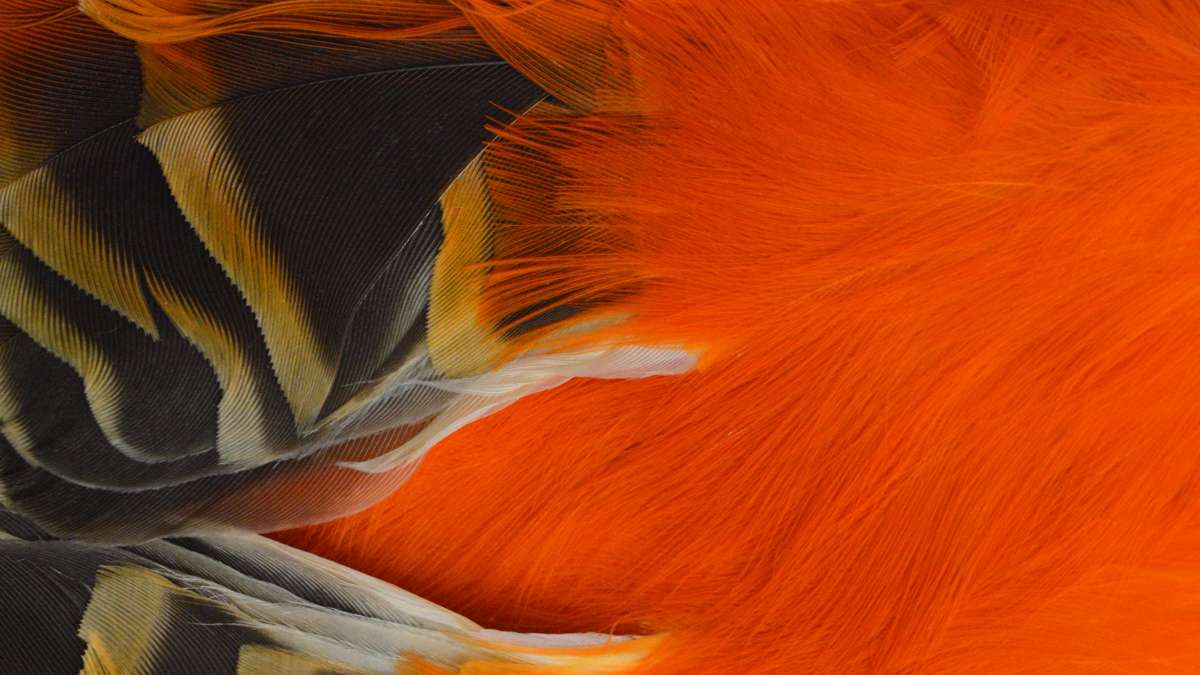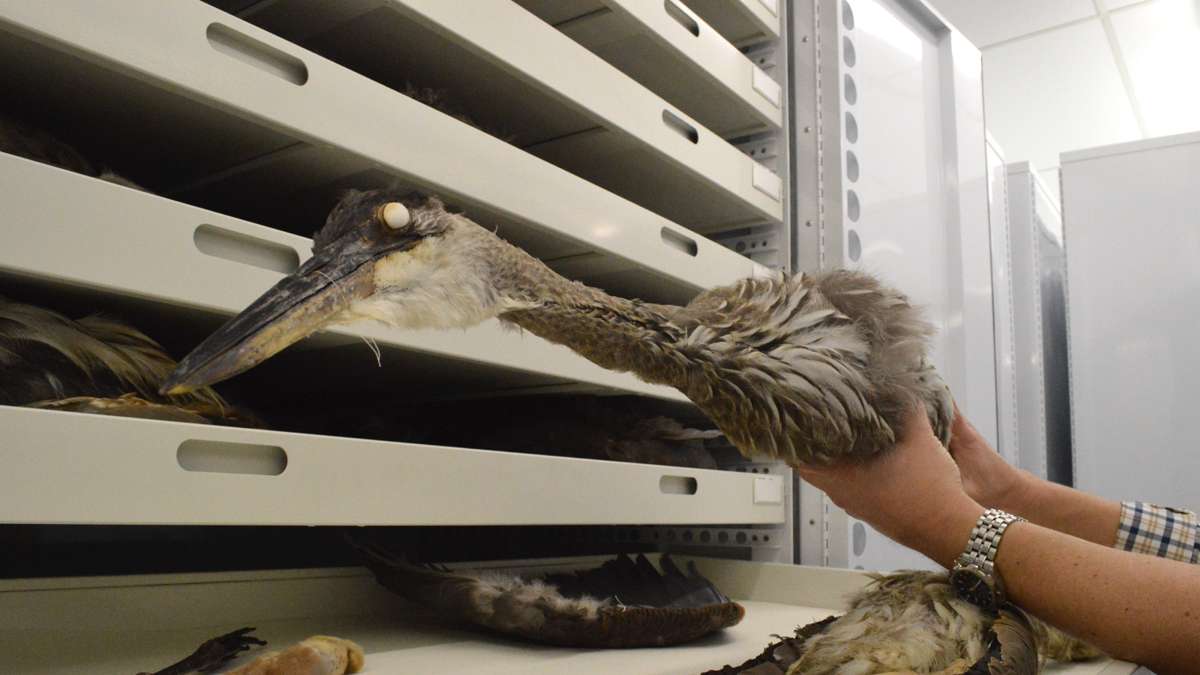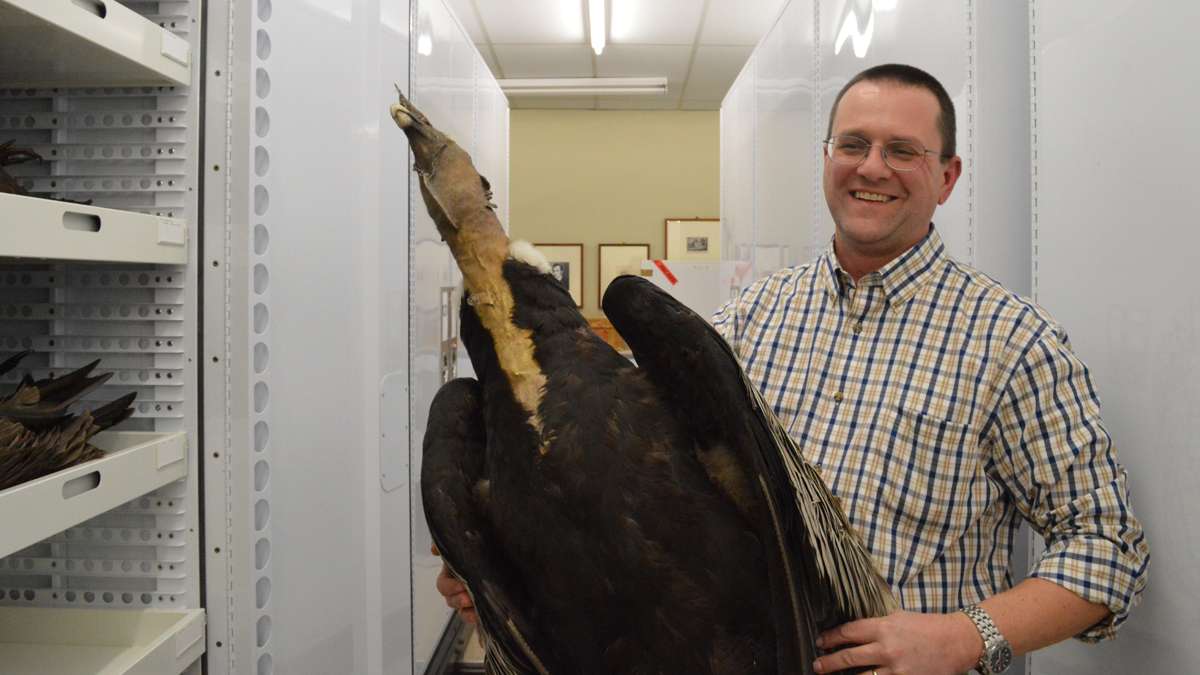In a taxonomic library, shelves are full of birds, not books
ListenThis piece is part of our “Rebirth Of The Library” show. Take a look at the rest of our stories here.
On the fourth floor of the Academy of Natural Sciences in Philadelphia is a library of a different kind — the rows of tall, white cabinets store more than 20 million biological specimens, from the smallest birds in the world to species that have been extinct for years.
The collection, which is associated with Drexel University, is the second largest university based taxonomic library in the country, with 3 to 4 million insects and a quarter of a million birds.
The preservation process is easy for the birds, explains Nate Rice, the ornithology collection manager — scientists take out the bones, muscles and organs, stuffing the bird skin with cotton. The skin dries quickly and can last centuries, no chemicals needed. In any given drawer, specimens could be from the 1800s, or this year. Scientists can use this to their advantage, testing to see what chemicals may have been present in the environment at any given date or location.
This “library” is closed to the public, however it has more than 1,000 visitors a year, from scientists and artists alike. Plus, like any good library, some of their specimens are loaned out to institutions around the world.
When asked what the next chapter for the collection holds, Rice replied, “that’s the coolest thing — it’s impossible to predict what the next step will be.”
WHYY is your source for fact-based, in-depth journalism and information. As a nonprofit organization, we rely on financial support from readers like you. Please give today.









